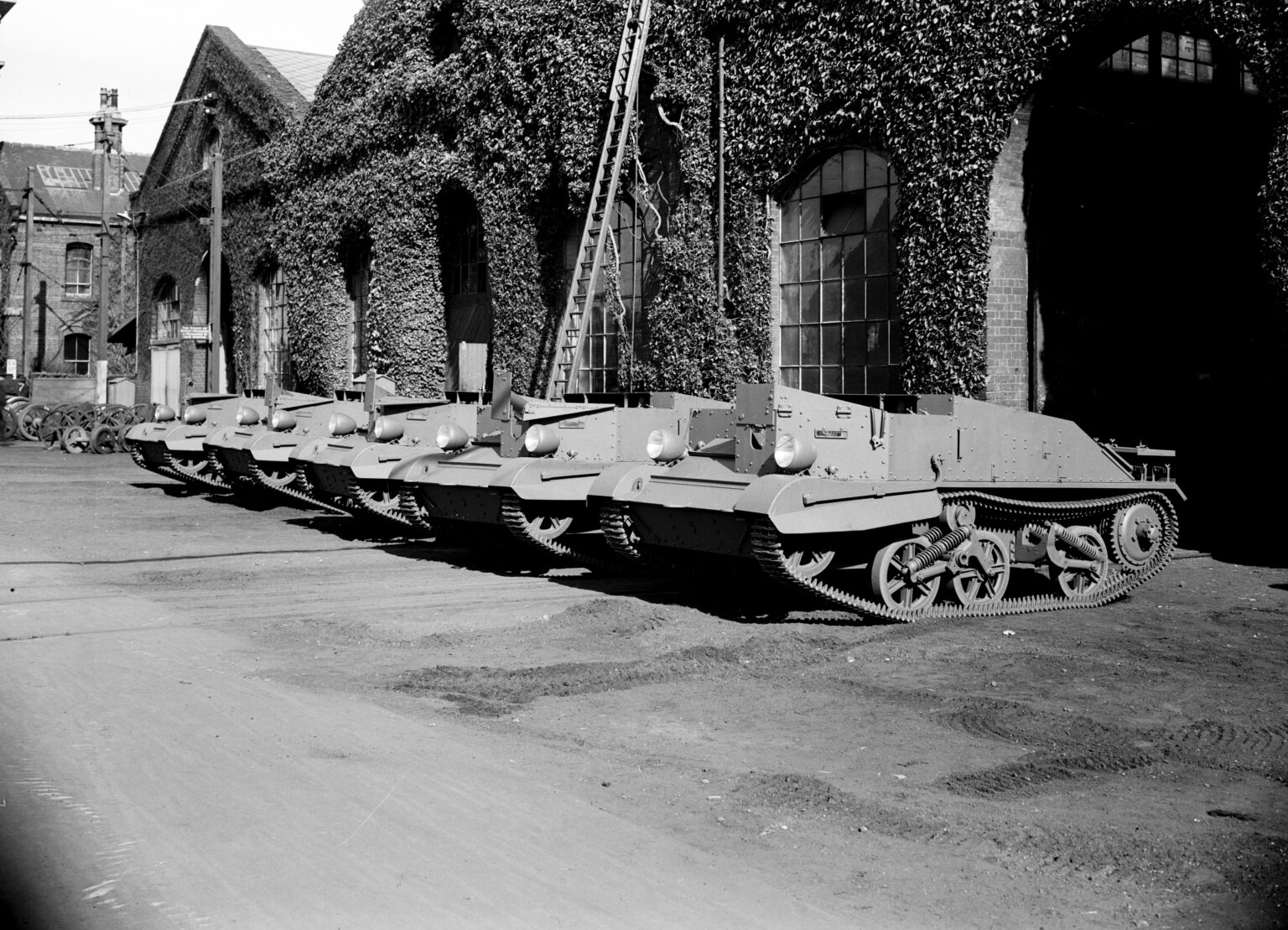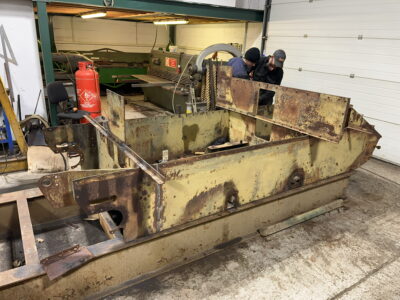The first vehicle successfully secured for our British Empire collection is a good example of the Local Pattern 1 Australian Carrier. This carrier was acquired by a good friend of ours in an exchange in Australia. The LP1 Local Pattern Carrier had been at the top of our list of Australian-designed and produced armour from the Second World War. What makes this machine very compelling is that examples are rare in Australia and non-existent in the Northern Hemisphere. Very few of these vehicles were built so the search for parts may prove difficult. Our initial survey of the vehicle, with the help of an Australian friend who has an LP2, was promising. (The image above is of the LP1 of the Australian Army Tank Museum at Puckapunyal in Victoria).
The biggest challenge with our LP1 is the armoured body and tinwork. The vehicle had been reportedly used on a farm after the war. The body had been cut and extended using the armoured panels from the driver’s position. These panels appear not to have been cut but simply installed whole into the side of the hull to extend the overall length of the vehicle. It appears these panels can be removed, cleaned up and returned to their original position in front and to the right-hand side of the driver. The engine and gearbox are original but there is a question about the rear axle and the differential. The internal and external stowage compartments are largely missing. The tracks, sprockets and bogey wheels all appear to be present. An original dashboard with instrumentation was provided with the deal. Our Australian friends are very excited by the prospect of this project and a trip to Australia beckons in the near future to secure all required information first-hand.
The question is where we should position the LP1 restoration within our timetable. Our current thinking is that we could make a start on the machine after the three German armoured cars are safely underway. The proviso is the research will have to be comprehensively in hand long before we start as the possibility of popping back and forwards to Australia is not feasible.


